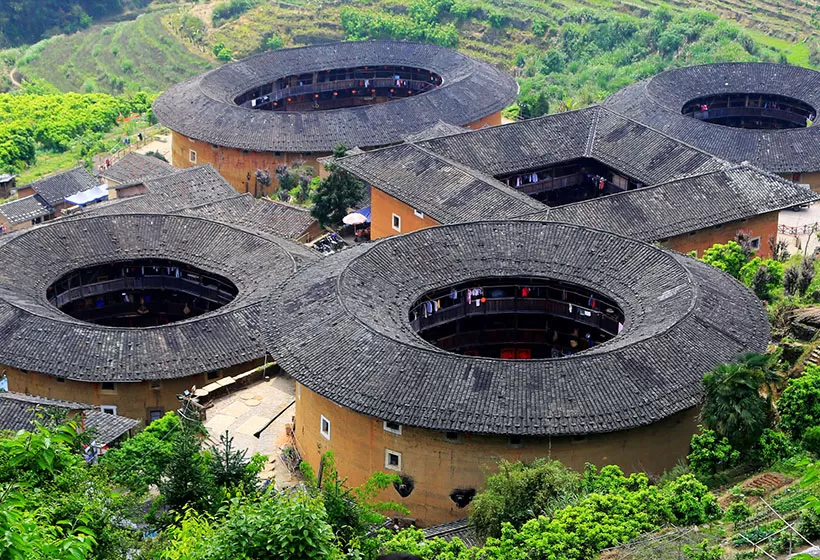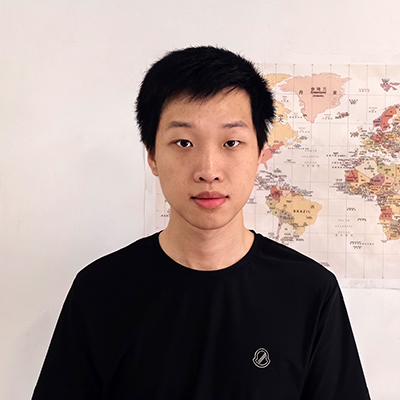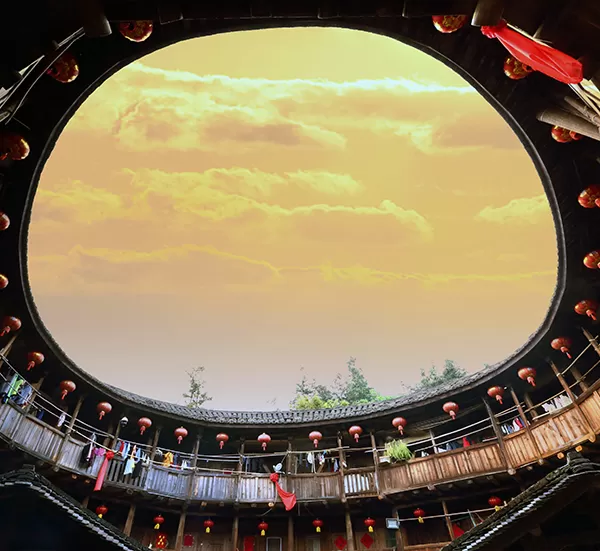Top 10 Famous Tourist Fujian Attractions and Sightseeing
Fujian is located on the southeastern coast of China, bordering the East China Sea. It boasts vast maritime areas, a long and winding coastline, numerous harbors and islands, breathtakingly beautiful mountains and waters, as well as cultural relics and historic sites scattered throughout the region. Here are the Fujian top 10 attractions.
Top 1: Gulangyu
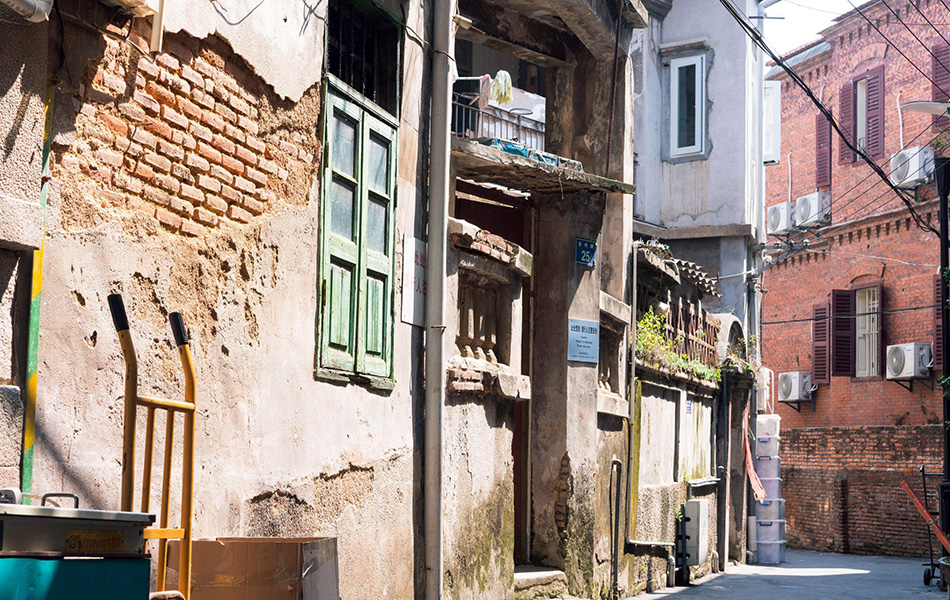 Gulangyu
GulangyuGulangyu, or Kulangsu, is an island located in the southwestern corner of Xiamen, Fujian Province, facing Xiamen Island across the sea. Covering an area of approximately 1.88 square kilometers, the island enjoys a pleasant climate year-round, with a spring-like atmosphere in all seasons. Free from the hustle and bustle of vehicles, it is filled with birdsong and the fragrance of flowers, resembling a dazzling pearl set in the emerald waters of Xiamen Bay, known as the "Garden on the Sea".
Gulangyu is a symbolic landmark of Xiamen, Fujian, featuring rugged reefs, meandering coastlines, lush mountains, and layered rock formations. Its bright and elegant coastal scenery draws countless tourists, inspiring the saying: "A trip to Xiamen is incomplete without visiting Gulangyu".
The island is home to over a thousand buildings of various styles, blending Chinese and Western architectural elements. These include traditional Chinese temples with flying eaves, courtyard-style houses in the Minnan style, the uniquely structured Bagua Building combining Chinese and Western features, exquisite Japanese residences, 19th-century European-style consulates from former Western countries, and the outstanding example of classical Jiangnan gardens.
Gulangyu integrates historical heritage, cultural depth, and natural beauty. It preserves more than a thousand architecturally diverse buildings, maintains a rich musical tradition, and hosts China’s first and world-class piano museum, as well as the world’s largest and China’s only organ museum, earned the nicknames “Island of Pianos” and “Home of Music”.
- Address: Gulangyu, Siming District, Xiamen City, Fujian
- Open Hours: 00:00 AM – 12:00 PM
- Tour Length: 6-12 hours
Top 2: Wuyi Mountain
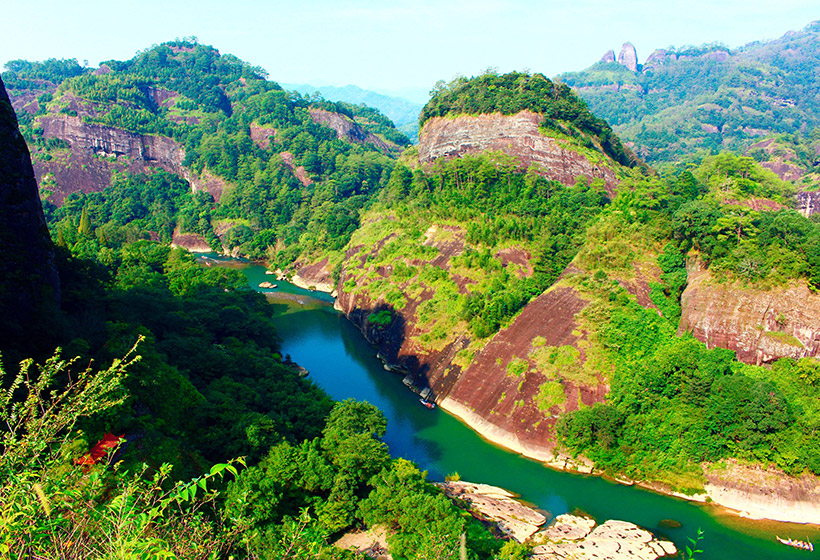 Wuyi Mountain
Wuyi MountainWuyi Mountain, covering a total area of 99,975 hectares, is located at the junction of northwestern Fujian and Jiangxi. It is the highest mountain range in southeastern China and is known as the "Roof of East China", with more than 110 peaks exceeding 1,000 meters in elevation. In a broad sense, Wuyi Mountain refers to the mountain range that runs north to south between Fujian and Jiangxi. In a narrower sense, it refers specifically to the mountainous area in the northern section under the jurisdiction of Wuyishan City, which is the core area of the Wuyi Mountain Scenic Area and a UNESCO World Cultural and Natural Heritage Site.
The red Danxia landforms, sculpted by wind and rain over time, have created uniquely shaped rock pillars and steep cliffs. The deep and clear Jiuqu River, with emerald-green waters, winds gently through the surrounding peaks. The breathtaking scenery of "emerald waters and red mountains" attracts visitors from all directions. Hidden within the lush forest lies a crescent-shaped dam, from which water pours down like a small waterfall, that the sound of flowing water mingles with birdsong into a melody.
Wuyi Mountain is not only a place of enchanting natural beauty but also a mountain of great cultural significance. Zhu Xi, a Neo-Confucian scholar of the Southern Song Dynasty, lived, wrote, and taught here for over 50 years, leaving behind a rich legacy of Zhuzi Neo-Confucianism. The cliffside stone inscriptions, like a historical book etched into the rock, endow Wuyi Mountain with unique spiritual and cultural value. It is also the birthplace of both oolong tea and black tea. Wuyi’s Da Hong Pao, the most famous tea from the region, is acclaimed as the “King of Teas”.
More about the Wuyi Mountain »
- Address: Xingcun Town, Wuyi Sub-district, Wuyishan City, Nanping City, Fujian
- Open Hours: 06:30 AM – 06:00 PM
- Tour Length: 2-12 hours
Top 3: Fujian Tulou
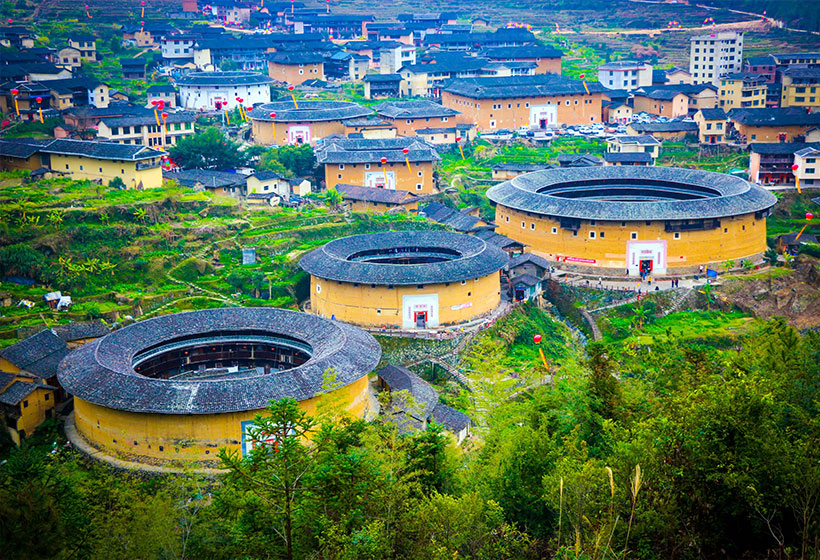 Fujian Tulou
Fujian TulouFujian Tulou, scattered across Fujian and Guangdong provinces, are significant carriers of Hakka cultural heritage, also known as Hakka Tulou. Among them, the tulou in Yongding, Longyan and Nanjing, Zhangzhou are the most renowned.
Originating in the Song and Yuan dynasties and reaching maturity during the late Ming, Qing, and Republican periods, most tulou were built by Hakka people who had migrated to Fujian. These structures are built on stone foundations, with rammed earth as the primary material, compacted layer by layer in an interlaced manner. Featuring dark brown wooden roofs, tulou can be either square or round—most commonly round—scattered like pearls across the lush mountains and rivers of southwestern Fujian, looking particularly magnificent at sunset. Though similar in design, each tulou is unique. Every building is essentially a self-sufficient village, harmoniously integrated with the surrounding mountains, waters, and fields, forming a livable environment and a landscape that exemplifies the unity between humans and nature.
Tulou are a unique gem of ancient Chinese architecture, showcasing the wisdom of the Hakka people and embodying their long-standing traditions of unity and mutual support. Originating from the Hakka culture and rooted in Yongding, Fujian tulou are also known as the “Chinese Hakka Museum without gates”.
- Address: Yongding District, Longyan City, Fujian
- Open Hours: 08:00 AM – 05:30 PM
- Tour Length: 1-3 hours
Top 4: Three Lanes and Seven Alleys
Three Lanes and Seven Alleys are located along the unchanged central axis of Fuzhou and covers an area of approximately 40 hectares. They originated during the Jin Dynasty, took shape in the Tang and Five Dynasties, was refined during the Song period, and reached its peak during the Ming and Qing dynasties. Their historical layout and appearance have largely been preserved to this day, earning it the titles of “a living fossil of the residential ward system” and “a museum of Ming and Qing architecture”. Centered around Nanhou Street, it comprises three lanes to the west and seven alleys to the east, collectively known as Three Lanes and Seven Alleys.
Walking through this area, one encounters a grid of lanes and alleys paved with stone slabs. The white walls and tiled roofs, the curving gables, and the meticulously arranged courtyards reflect exquisite craftsmanship, adorned with pavilions, terraces, towers, rockeries, and gardens, blending cultural charm with natural beauty. Doors and windows often feature intricately carved openwork patterns, joined with mortise and tenon techniques, along with richly decorated carvings. Delicate stone pedestals, stone steps, doorframes, floral pedestals, and columns are found throughout, capturing the essence of Fujian’s traditional residential architecture and the cultural spirit of Fuzhou.
Three Lanes and Seven Alleys were home to many prominent figures of the Fujian region. Influential figures such as Lin Zexu, Lin Shu, Yan Fu, Lin Juemin, and Bing Xin once lived here and enriched the land with their literary legacies. Their stories are still passed down today among the alleys and courtyards.
- Address: Nanhou Street, Gulou District, Fuzhou City, Fujian
- Open Hours: 00:00 AM – 12:00 PM
- Tour Length: 2-3 hours
Top 5: Taimu Mountain
Taimu Mountain, located at the midpoint of China’s mainland coastline, is bordered by the sea on three sides and lies along the East China Sea. Together with Yandang Mountain and Wuyi Mountain, it forms a triad of scenic mountains. Renowned for its four spectacular features, rugged peaks, peculiar rocks, mysterious caves, and ethereal mist, Taimu Mountain has long captivated visitors. Its uniquely shaped rocks appear naturally sculpted into myriad forms, lifelike and expressive. The mountain boasts 360 scenic spots and 108 caves, with rock formations resembling people and objects, just like masterpieces carved by divine hands. Spanning 92 square kilometers, Taimu Mountain combines mountains, sea, rivers, and islands, blending natural beauty with cultural heritage, earning it the title "Fairyland on the Sea" and the reputation of being “China’s most beautiful coastal mountain".
Due to its proximity to the sea and location in the south, Taimu Mountain is shrouded in mist and humidity year-round. On rainy days, climbing the mountain may lack the clarity of sunny weather, but it reveals a misty beauty. The landscape appears veiled in a gossamer curtain, ethereal and elusive. The drifting clouds and fog cloak the mountain in a sea of mist, with stone peaks emerging and vanishing like floating islands—sometimes hidden, sometimes revealed, as if rising and sinking on a boundless ocean.
- Address: Taomushan Town, Fuding City, Ningde City, Fujian
- Open Hours: 06:30 AM – 05:30 PM
- Tour Length: 3-7 hours
Top 6: Pingtan Island
Pingtan Island, also known as Haitan Island, is located in Pingtan County, southeast of Fuzhou. It faces the Taiwan Strait to the east and is separated from Changle and Fuqing to the west by the Haitan Strait. Stretching 30 kilometers from north to south and about 19 kilometers from east to west, it covers an area of 324.13 square kilometers, making it the largest island in Fujian Province. The island is a landmass formed by the connection of several smaller islands. Its highest point, Junshan Island, rises to 438.7 meters above sea level, where you can get a panoramic views of the island’s coastal scenery when you step onto. Fujian's largest natural freshwater lake—Thirty-six Feet Lake—is also nestled here, adding a touch of grace and vitality to the island.
During the transition between spring and summer, bioluminescent algae, influenced by wind and water dynamics, gather near the shore. When stimulated by waves or the movement of boats, they emit a glowing blue light in the water, resembling stars scattered across the sea. This breathtaking natural phenomenon is known as “Blue Tears”. From April to June each year, when warm, moist air currents quietly meet the sea, the “Blue Tears” reach their peak season, and the dreamlike, glowing waves appear frequently, casting a magical glow over the coastline.
- Address: Huandao East Road, Pingtan County, Fuzhou City, Fujian
- Open Hours: 00:00 AM – 12:00 PM
- Tour Length: 2-48 hours
Top 7: South Putuo Temple
South Putuo Temple is located beneath Wulao Peak in the southeastern part of Xiamen, Fujian Province. It sits adjacent to Xiamen University and faces the clear blue harbor, covering a total area of 258,000 square meters with a building area of 21,270 square meters. It was originally built in the late Tang Dynasty, annd fell into decline during the early Ming Dynasty and was not rebuilt until the Kangxi period of the Qing Dynasty. Dedicated to Guanyin, similar to another Guanyin worship site in Zhejiang, and located south of Mount Putuo, the temple was named "South Putuo", and is one of the major centers of Buddhism in southern Fujian.
The temple is built facing south, backed by mountains and overlooking the sea, grand and solemn. All buildings in the temple follow the palace style, with large, double-eaved roofs and upturned ridges adorned with yellow glazed tiles, making a unified and harmonious aesthetic. The structures are enclosed by stone walls, resembling pearls held in a tray, forming an integrated whole.
Wulao Peak rises by the Xiamen harbor and stands next to South Putuo Temple. Its five jagged summits pierce the sky, majestic and awe-inspiring. At times, the peaks are shrouded in drifting clouds, giving the illusion of five white-haired elders gazing thoughtfully out to sea. Climbing to the top rewards visitors with a sweeping view of the scenic Xiamen University campus and the expansive harbor below.
- Address: No. 515, Siming South Road, Siming District, Xiamen City, Fujian
- Open Hours: 08:00 AM – 05:00 PM
- Tour Length: 2-4 hours
Top 8: Dongshan Island
Dongshan Island is part of Dongshan County in Zhangzhou, Fujian Province. With a land area of 188 square kilometers, it accounts for 97% of the county’s total land area, making it the second-largest island in Fujian and the largest in Dongshan County. Originally composed of many scattered islets, Dongshan eventually became a connected landmass due to a series of sandbars blocking the sand into sandbank, forming a 10-kilometer-long tombolo.
The island's coastal scenery is captivating. Along its southeastern coast, seven crescent-shaped bays link seamlessly, stretching over 30 kilometers and outlining this dreamy island retreat. White sandy beaches backed by lush green forests embrace the crystal-clear waters, forming natural seaside resorts.
Among these, Jinluan Bay shines brightest under the sun and is especially beloved by visitors. To its left lies the spacious Golden Bauhinia Square, while to the right stands the towering the tallest Sufeng Mountain and the picturesque Ring Island Road. The bay boasts a broad, mirror-like sandy shore, where the rising sun casts vibrant colors across the water. As the first light touches the sea, the sky ignites with glowing red clouds, turning the ocean into a golden spectacle once again.
- Address: Dongshan County, Zhangzhou City, Fujian
- Open Hours: 00:00 AM – 12:00 PM
- Tour Length: 2-24 hours
Top 9: Mount Qingyuan
Mount Qingyuan is located in the southeastern part of Fujian and on the northeastern bank of the lower Jinjiang River, bordering the city of Quanzhou on three sides. Due to the abundance of springs on the mountain, it is also known as "Spring Mountain", covering a total area of 62 square kilometers. Since ancient times, Mount Qingyuan has been renowned for its "36 caves and 18 scenic spots".
The mountain was first developed during the Qin Dynasty, flourished in the Tang Dynasty, and reached its peak during the Song and Yuan periods. Over the centuries, extensive development has left behind a wealth of cultural relics. Among them are seven sites and nine stone sculptures well-preserved from the Song and Yuan dynasties, as well as over 600 cliffside stone inscriptions. Strolling through the mountain, one is surrounded by an array of stone carvings, adding profound cultural depth to this famous mountain.
Following the winding mountain paths, lush greenery fills the view. The mountain is blanketed with rich vegetation and remains evergreen throughout the year. Towering trees form a canopy that casts cool shadows below. Climbing to the Nantai Rock and looking out, the bustling cityscape of Quanzhou unfolds, rows of high-rises and streams of traffic in motion. In the distance, the Jinjiang River winds like a ribbon, sparkling under the sunlight. In that moment, with the mountain wind howling, one feels utterly refreshed, as though stepping beyond the bounds of the mortal world.
- Address: Quanshan Road, Fengze District, Quanzhou City, Fujian
- Open Hours: 07:00 AM – 05:30 PM
- Tour Length: 2-5 hours
Top 10: Quanzhou Ancient City
Quanzhou Ancient City of is located in Quanzhou, Fujian, renowned as the "Capital of Literature" and the "World Museum of Religions". As the first East Asian Cultural Capital, it covers an area of 6.41 square kilometers. Construction of the city began during the flourishing Tang Dynasty and expanded during the Five Dynasties, Song, Yuan, and Ming periods, in tandem with the prosperity of maritime trade and overseas exchanges. A thousand years later, the historic core of Quanzhou Ancient City still retains a wealth of historical relics and a largely intact urban fabric.
Stepping into the Quanzhou Ancient City feels like walking into a time tunnel, where the legacy of the Tang and Song dynasties and the charm of the Ming and Qing periods come alive. The weathered ancient walls, though worn by time, still stand tall, silently bearing witness to the rise and fall of dynasties. Strolling along the walls, fingertips brushing the rough stones, one can feel the weight of history, as if touching the echoes of battles. Within the city’s narrow alleys, the crisscrossing stone-paved roads act like veins, threading together the memories of the entire city. Among them, the West Street is the most iconic old street in Quanzhou, where arcaded buildings stretch endlessly, topped with red tiles and adorned with high-rising swallowtail ridges, showcasing the unique charm of southern Fujian architecture.
- Address: No. 42, Zhongshan Middle Road, Licheng District, Quanzhou City, Fujian
- Open Hours: 07:00 AM –05:00 PM
- Tour Length: 1-4 hours
Customize Your Eight Min Fujian Tour

If you are interested in the Fujian itineraries mentioned above, please contact us, and we will be happy to customize it and provide a quote tailored to your preferences.
Alternatively, if you would like to customize your Fujian Tour, please visit our Fujian Tour Customized Center. We assure you that you will receive a reply within 24 working hours.
Informative Articles for Your Fujian Trip
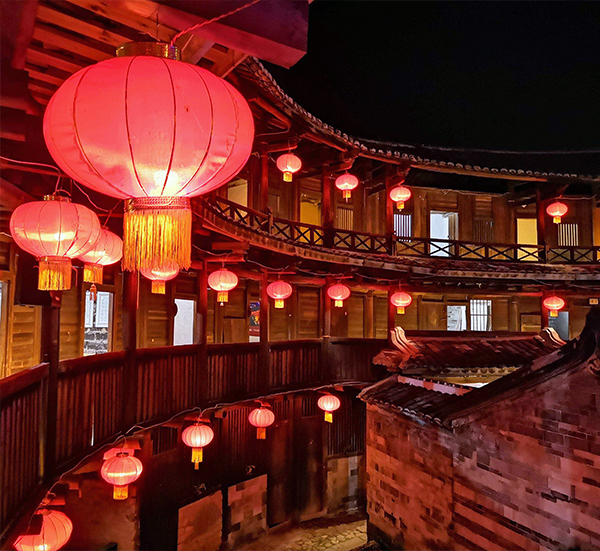 Fujian Tulou
Fujian Tulou- Travel Guide: attractions, weather, culture, etc.
- Weather: best time and seasons to visit Fujian
- Top attractions: sightseeings to watch in Fujian
- Local culture: brief history, folk culture, food, etc.
- Top destinations: best places to visit in Fujian
- Travel itineraries: itineraries for your reference
- Abundant activities: Fujian cultural immersions
- Unique perspective: top interesting things to do
- Local food: what to eat while traveling in Fujian
- Luxury hotels: accommodation to stay in Fujian
- Fujian Tours: customized tours for your reference
GREAT FAMILY CHINA TOUR
JULY 2024 We wanted to thank Grace at China Culture tour for organizing a great tour of China. We enjoyed our Beijing - Xian-Chengdu -Guilin -Yangshuo - Shanghai trip. Our local guides Bruce in Beijing, Susan in Xian, Jane in Chengdu, Mike in Guilin and Mary in Shanghai took care of us…read more details »
Teng Han L from SINGAPORE
Ready to Create a Unique Dream Travel?
